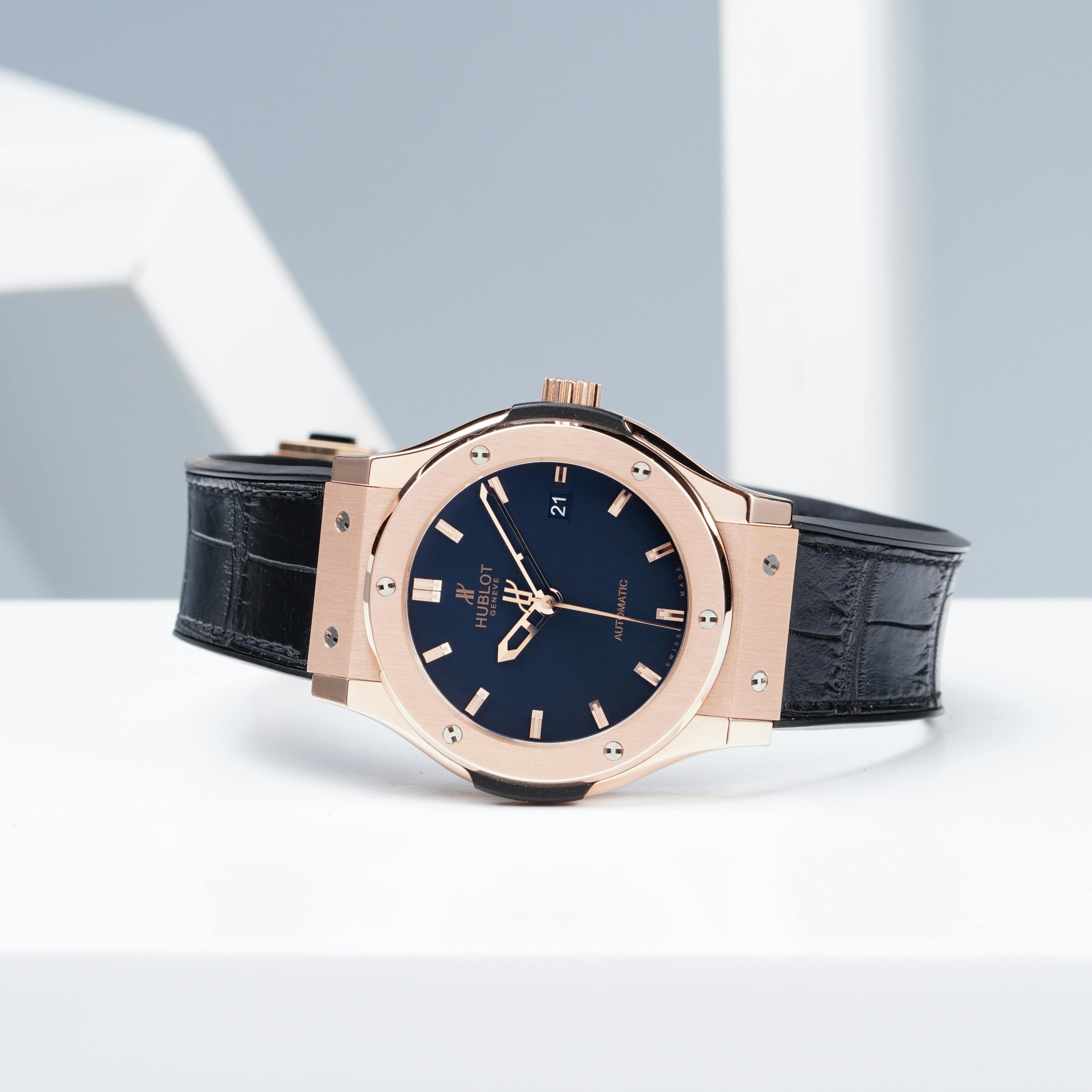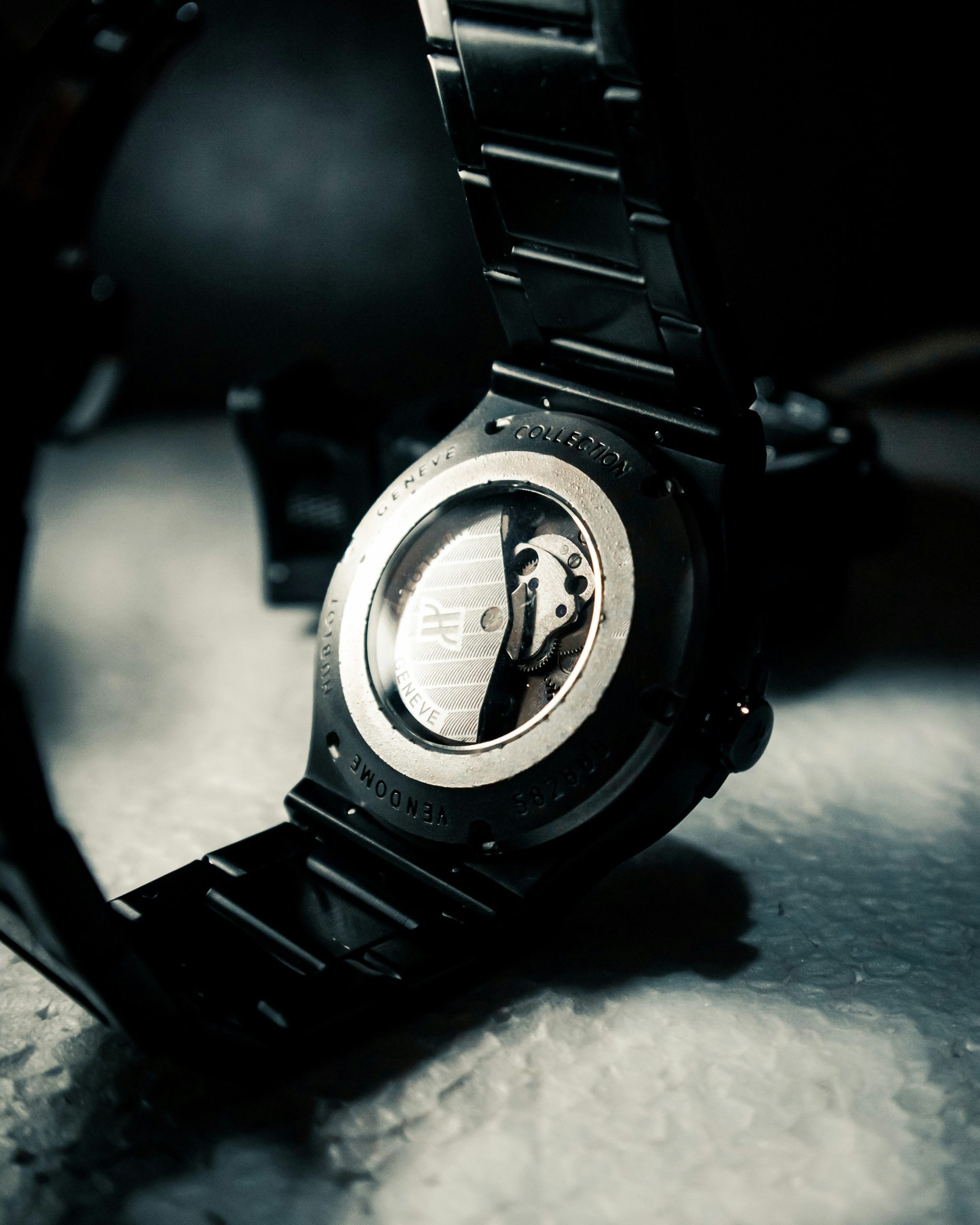At first glance, one cannot help but be drawn in by the bold and audacious designs that define Hublot timepieces. The brand’s fusion of unconventional materials like carbon fiber, ceramic, and even rubber into their watches challenges traditional notions of luxury craftsmanship. Yet despite its innovative approach, Hublot has often been accused of straying too far from horological tradition and falling victim to ostentatious marketing tactics. As we delve deeper into the complex relationship between watch collectors and this controversial brand, we uncover a myriad of reasons behind the love-hate dynamic that surrounds Hublot.
The Rise of Hublot in the Watch World
The rise of Hublot in the watch world can be attributed to its audacious approach to design and innovation. While traditionalists may scoff at its bold and unconventional aesthetics, there’s no denying the brand’s ability to push boundaries and challenge the status quo. Hublot’s use of unconventional materials like carbon fiber, ceramic, and sapphire crystal has captivated a new generation of watch enthusiasts who appreciate its fearless approach to horology.
Moreover, Hublot’s strategic collaborations with high-profile figures from sports, music, and fashion have elevated its desirability among a broader audience. The brand’s fusion of luxury and contemporary culture has positioned it as a symbol of modern sophistication. By embracing technology and innovation while staying true to their Swiss heritage, Hublot continues to make waves in an industry that often prioritizes tradition over risk-taking. Love it or hate it, Hublot is undeniably at the forefront of shaping the future of luxury watchmaking.
Controversial Designs and Collaborations
Controversial designs and collaborations have always managed to stir up strong emotions in the world of luxury watches. Hublot, in particular, has been a focal point for criticisms due to its penchant for bold designs and unconventional partnerships. While some collectors appreciate the brand’s disruptive approach, others view it as an affront to traditional horology. The polarizing nature of Hublot’s endeavors has sparked intense debates within the watch community, highlighting the complex relationship between innovation and tradition in an industry steeped in history.
One notable factor contributing to the scrutiny of controversial designs is the risk they pose to a brand’s reputation and heritage. Collaborations with non-traditional partners such as street artists or pop culture icons have often challenged longstanding perceptions of what defines a luxury timepiece, leading some purists to question their authenticity. However, these collaborations also introduce fresh perspectives and attract new audiences who may be drawn to the fusion of art and horology. Ultimately, while controversial designs and collaborations may alienate certain segments of watch enthusiasts, they also serve as catalysts for evolution within an industry striving to appeal to modern sensibilities while honoring its storied past.
Perception of Hublot as Overpriced
Many watch enthusiasts argue that Hublot’s perception as overpriced stems from its extravagant marketing tactics and celebrity endorsements, which can inflate the perceived value of its timepieces. The brand’s aggressive approach to sponsorship deals with high-profile athletes and celebrities has led some to believe that customers ultimately foot the bill for these partnerships.
However, it’s essential to recognize the unique engineering and design innovations that Hublot brings to the table. Their use of unconventional materials, such as ceramic, sapphire, and exotic metals like King Gold, sets them apart in the luxury watch market. This focus on innovative materials and groundbreaking designs often leads to higher production costs, a factor that contributes to their retail prices being deemed overpriced.
Moreover, there is an argument to be made about the emotional value of a luxury timepiece. For many aficionados, owning a Hublot signifies status, exclusivity, and craftsmanship – factors that may justify its higher price tag in their eyes. The allure of wearing a limited edition or complexly crafted watch goes beyond rational justification and becomes an emotional connection between owner and timepiece.
Criticisms of Material Quality and Craftsmanship
One common criticism directed at Hublot is the perceived lack of material quality and craftsmanship in their timepieces. Some critics argue that the extensive use of materials such as carbon fiber, ceramic, and rubber does not reflect the traditional standards of luxury watchmaking. They believe that these materials compromise the overall quality and value of Hublot watches, especially when compared to other high-end brands.
Furthermore, some detractors point out that the craftsmanship of certain Hublot models falls short of expectations. Issues such as inconsistent finishing, imprecise machining, and less attention to detail have been cited as reasons for criticizing the brand’s overall product quality. These criticisms contribute to a perception among traditional watch collectors that Hublot represents a departure from classical watchmaking principles in favor of a more modern, avant-garde approach.
Competition and Brand Rivalries
In the world of luxury watches, fierce competition and brand rivalries are not just a matter of business – they become part of the passionate culture. The rivalry between luxury watch brands can ignite a fervent following, as fans take sides and debate endlessly. Hublot, in particular, has sparked polarizing opinions within the watch collector community. Its bold designs and innovative materials have earned both loyal followers and ardent detractors.
Competition drives innovation and pushes brands to constantly raise the bar. This constant quest for supremacy creates a unique dynamic where enthusiasts eagerly anticipate each new release, eager to see how their favorite brand will counter its rivals’ moves. But this spirit of rivalry also fuels criticisms and debates among collectors who often view their allegiance to a particular brand as a defining aspect of their identity. As such, understanding why most watch collectors love to hate Hublot involves delving into not just the brand’s products but also into the intriguing complexities of consumer psychology within the luxe timepiece realm.
Marketing Strategies and Celebrity Endorsements
Marketing strategies and celebrity endorsements have become key elements in the luxury watch industry, and brand like Hublot have fully embraced this trend. By leveraging the influence of high-profile celebrities and athletes, Hublot has sought to establish itself as a prestigious and aspirational brand. The use of celebrities not only increases brand visibility but also creates an association with glamour, success, and status, which are all essential for a luxury product.
However, the reliance on celebrity endorsements can be a double-edged sword for watch brands like Hublot. While it may initially generate buzz and attention, some collectors argue that excessive celebrity partnerships can dilute the exclusivity of the brand and undermine its horological credibility. Moreover, skeptics point out that these marketing strategies often focus more on creating an image rather than emphasizing the craftsmanship and technical prowess of the timepieces themselves. This raises questions about whether Hublot’s aggressive pursuit of celebrity collaborations detracts from its ability to truly connect with serious watch enthusiasts.
Conclusion: The Polarizing Appeal of Hublot
In conclusion, the polarizing appeal of Hublot lies in its unapologetic approach to design and marketing. While many watch collectors criticize the brand for its bold and often ostentatious style, others are drawn to its fearless innovation. The use of unconventional materials and avant-garde designs is both a point of contention and admiration within the watch community.
Furthermore, Hublot’s strategic partnerships with sports teams, celebrities, and organizations have contributed to its divisive reputation. On one hand, it has elevated the brand’s visibility and appeal to a wider audience, but on the other hand, it has sparked accusations of commercialization and dilution of traditional horological values. Ultimately, whether one loves or hates Hublot may depend on their willingness to embrace change within an industry steeped in tradition.













